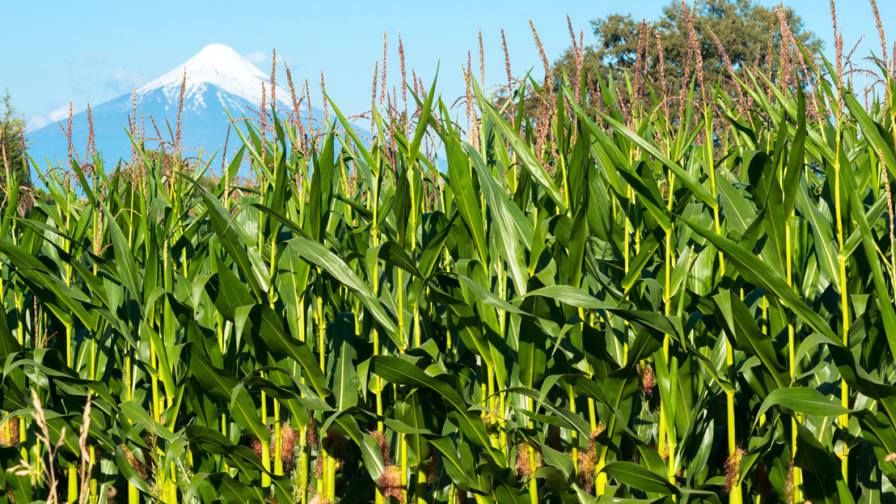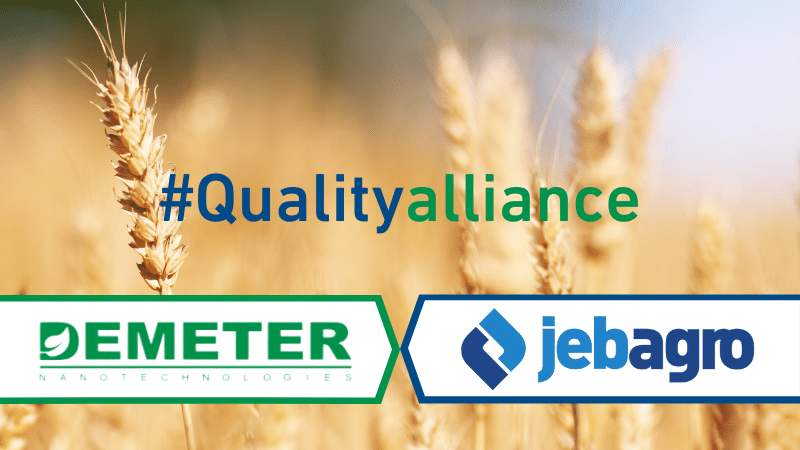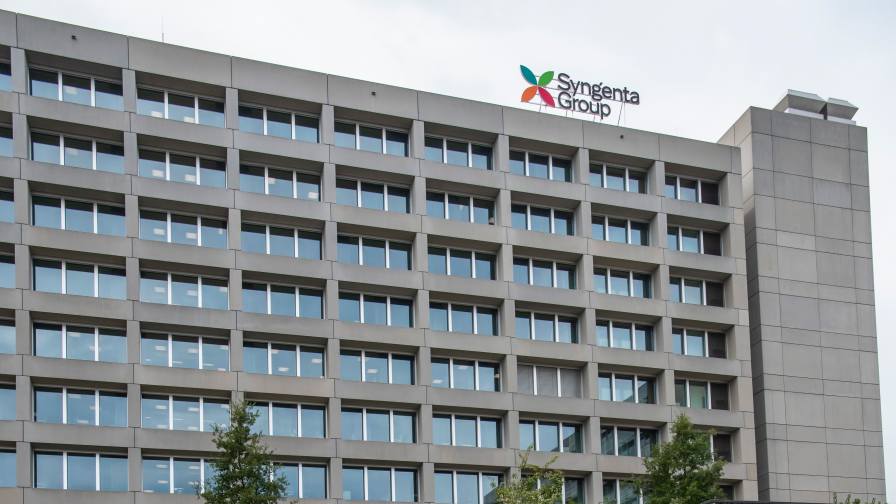Japan To Implement Residue ‘Positive List System’
After the implementation of the positive list regulation, foods containing residues exceeding the MRLs on the list — or 0.01 ppm in cases where there are no MRLs established — will be prohibited in Japan. With these new regulations, MHLW will not change its monitoring plan for imported foods, except that each sample will be tested for more residues. The same number of samples will be taken and there will be no new documentation or data requirements from MHLW after the implementation.
MHLW also listed 15 chemicals for which no residues may be detected because of high human health risks, and 65 substances used as agricultural chemicals for exemption from the regulation.
Uniform Limit, Exempted Substances
The Uniform limit is the maximum allowed level applied to agricultural chemical residues for which official or provisional MRLs are not established. The uniform limit is set at 0.01 ppm based on studies and information by Codex/JECFA/JMPR and other countries including USFDA.
For 95 chemicals for which thresholds of detection by their testing methods are above the uniform level, the detection threshold levels will be used instead of 0.01 ppm.
For 47 agricultural chemicals listed below for which MRLs below the uniform limit are established for some crops, the lowest level among those established for the agricultural chemicals in question is employed as provisional MRLs for those other than crops with specific MRLs.
Figures below in ppm, A for agricultural products, L for livestock products, and ND for no detection.
abamectin (0.008 for A, 0.005 for L)
altrenogest (0.003 for L)
amoxicylin (0.008 for L)
ampicillin (0.009 for L)
azoxystrobin (0.008 for L)
benzylpenicillin (0.004 for L)
betamethasone (0.0003 for L)
bilanafos (0.004 for A)
brotizolam (0.001 for L)
carazolol (0.001 for L)
clenbuterol (ND for L)
dexamethasone (ND for L)
diflufenican (0.002 for A)
diphenylamine (0.0004 for L)
dipropyl isoinchomeronate (0.004 for L)
doramectin (0.005 for L)
emamectin benzoate (0.0005 for L)
endosulfan (0.004 for L)
endrin (ND for A, 0.005 for L)
ethoprophos (0.005 for A)
ethylene dibromide (EDB) (ND for A)
etyprostontromethamine (0.001 for L)
fenamiphos (0.005 for L)
fenpyroximate (0.005 for L)
fentrothion (0.002 for L)
fipronil (0.002 for A)
flumethrin (0.005 for L)
heptachlor (0.006 for L)
methidathion (0.001 for L)
metoclopramide (0.005 for L)
lindane (g-BHC) (0.002 for A)
nafcillin (0.005 for L)
norgestomet (0.0001 for L)
prednisolone (0.0007 for L)
propoxycarbazone (0.004 for L)
sulfosulfuron (0.005 for L)
tefluthrin (0.001 for L)
terbufos (0.005 for A)
triazophos (ND for A)
tribuphos (0.002 for L)
trichlorfon (0.004 for L)
trifluralin (0.001 for L)
zeranol (0.002 for L)
In addition, the 65 substances listed below are designated as exempted from the positive list regulation, because they do not show any adverse effects to human health. This list may be revised as new scientific information becomes available.
ascorbic acid
alanine
allicin
ammonium
beta-apo-caroteneethylester
arginine
asparagine
astaxanthin
azadirachtin
barium
biotin
calciferol
calcium
beta-carotin
chlorella extract
chlorine
choline
cinnamaldehyde
citric acid
coparamin
copper
diatom earth
folic acid
glycine
glutamine
histidine
hydroxypropyl starch
inositol
iodine
iron
lactic acid
lecithin
leucine
machine oil
magnesium
menadione
methionine
marygold pigment
mineral oil
niacin
neem oil
oleic acid
pantothenic acid
paprika color
paraffin
potassium
propylene glycol
pyridoxine
retinol
riboflavin
selenium
serine
shiitake mushroom mycelia
silicon
sodium bicarbonate
sulfur
sorbic acid
tartaric acid
thiamine
tocopherol
tyrosine
urea
valine
wax
zinc
Finally, the 15 agricultural chemicals below are not permitted to be detected in any food based on their high risk to human health.
2,4,5-T
amitrole
captafol
carbadox
chloramphenicol
chlorpromazine
coumafos/coumaphos
cyhexatin and azocyclotin
daminozide
diethylstilbestrol
dimetridazole
metronidazole
nitrofurans
propham
ronidazole





